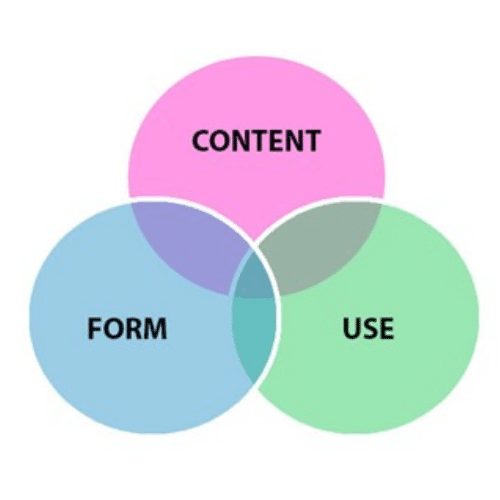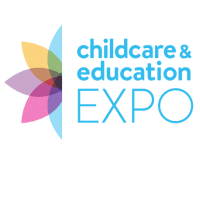Phonics is Learning Letters Like s,a,t,p,i,n…Right?
Stephanie Hammond, Teaching & Learning Consultant, Hammond Education
17th May 2023
Share this entry:
As a Consultant and Literacy Specialist, I regularly visit schools and settings and speak to lots of practitioners, and I love it. I have been a teacher for over 20 years and am on a mission to raise the profile of pre-phonics. I want to share some thoughts on pre-phonics in settings. What phonics looks like in a setting is very different to what is seen in a school. Phonics in a setting can be pre-phonics skills called phonological and phonemic awareness such as rhythm and rhyme, alliteration, voice and environmental sounds and body percussion. We need to build foundations then children can go into school being prepared with these skills and the strands of pre-phonics such as attention and listening, tuning into different environmental sounds and remembering a sequence and comprehension of the words we are talking about. A lot of the learning linked to pre-phonics is linked to all the other areas of EYFS including the supporting and developing early language, personal and social skills of turn taking and working in a group and physical development through movement both gross and fine motor skills. My point being it is not another thing or an add on, its what you already do.
Got to Get Them ‘School Ready’
I appreciate that you might feel under pressure, as a practitioner, to get those pre school children learning letters and sounds and make sure they are ‘school ready’. Maybe you have parents or a colleague who thinks that the children should be learning about letter sounds because they are ‘ready’. In this article, I want to provide you with some thoughts on how to get children engaging in phonological and phonemic awareness both adult-led and through your interactions with the children. Also, I want to help you appreciate the power of pre-phonics and how this is closely linked to neuroscience and early brain development. First, think about some key questions you can ask yourself and your team.
- What do we do in our setting?
- Do we sing songs?
- Do we read high quality story books?
- Do we read those story books using voice sounds?
- Do we have and use musical instruments?
- Do we have interactions with children that include listening and remembering?
- Do we ask children to listen out for particular sounds eg sound of a car or sound of a bee?
- Do we explain the meaning of new words?
- Do we break words into syllables or into phonemes (smallest unit of sound in a word eg sh/ar/k)?
If you have answered yes to all or some of these questions then that is a great start, now consider how often you might do this, daily, weekly, monthly.
The Science Bit
The process of phonological and phonemic awareness is linked closely to neuroscience, in particular the use of singing and music, most of the growth in children’s brains takes place between birth and 4 years old. Neural pathways and are being created and reinforced daily through the stimulus of music and because of this the impact of music on cognitive growth and function grows significantly. Engagement with stories is another important area in the process of early language development and early reading skills including word meaning and comprehension. The model for language by Bloom and Lahey describes language as three overlapping aspects, use, content and form and within those the form covers telling a story, talking in a sentence and phonological awareness.

Where to Start?
You have started already because you have read this article and it has already raised questions about your interactions with children, the planning of directed activities, the consistency, and the planning for these interactions and why these are important pre school skills. What now? Who do you need to talk to? What is working well already? What tweaks could you make?
For more information or training get in touch with Stephanie Hammond through her website or find her on social media below. 
Why attend Childcare & Education Expo?
Join over 2,500 like-minded individuals from the early years & primary sector who are dedicated to improving their practice and their education settings.
Attend educational seminars and panel discussions to credit your CPD
Meet the experts to have your questions answered
Receive fantastic onsite offers and discounts
Experience expert-led informative hands-on workshops
Network with peers and industry players
Pick up hundreds of new products, resources, ideas and services
And most of all, enjoy a great day out with your colleagues




